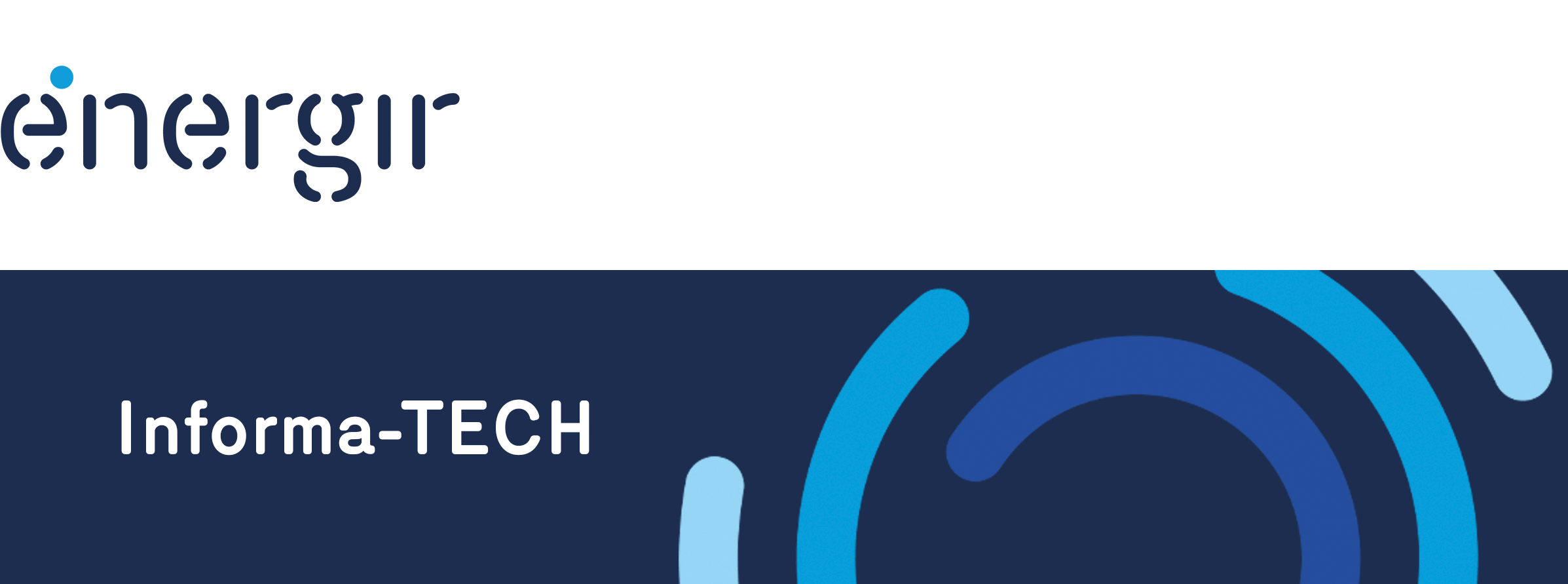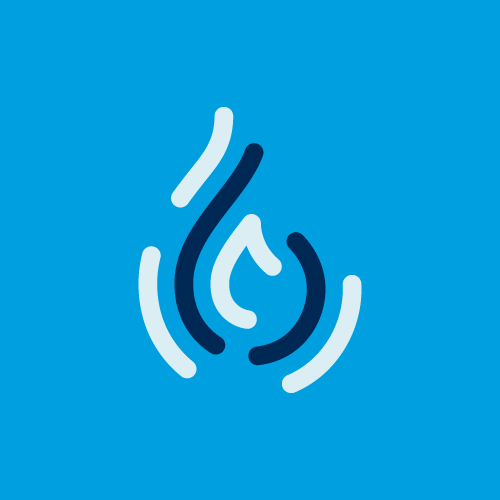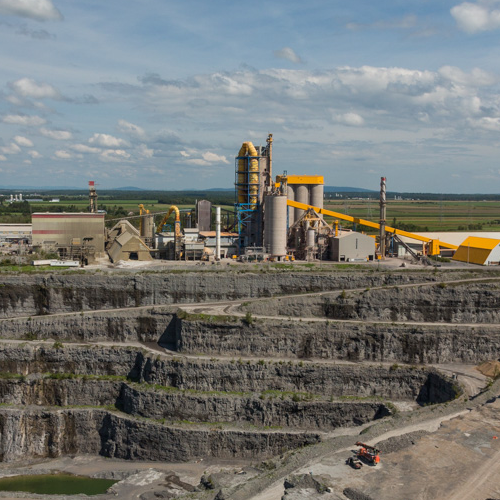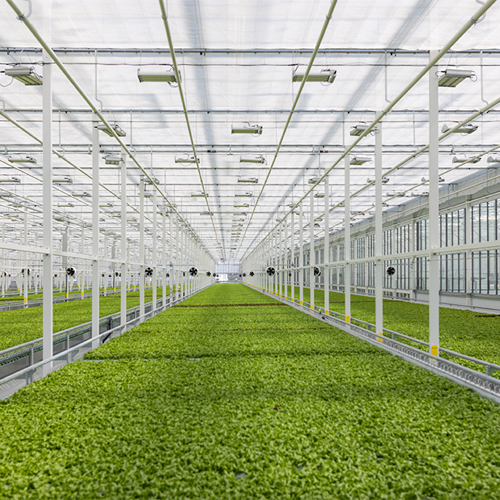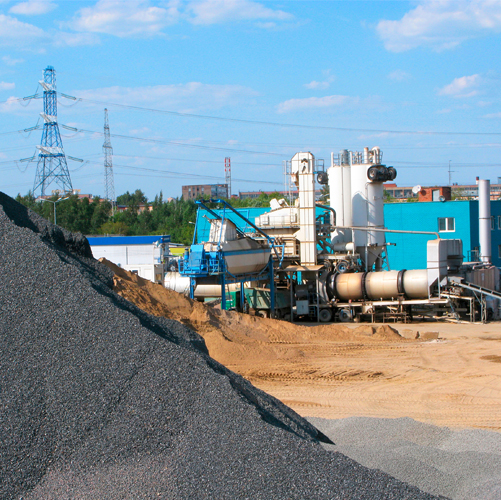The Québec agri-food industry, particularly greenhouses and poultry farms, is meeting major challenges to increase the energy efficiency of its facilities. From this perspective, since 2010, Gaz Métro, in partnership with Énergie Solutions et Associés (ESA), has invested under its Innovations program, in the development of a heat exchanger adapted to the needs of local producers. In 2014, tests led to the development of a new heat exchanger technology capable of withstanding hostile environments.
Major heat recovery in poultry rearing facilities
Poultry industry facilities have major heat recovery potential. The conditions required on meat chicken production floors are very precise to ensure the expected weight gain. To eliminate contaminants produced by animals, meat chicken farming requires high ventilation rates. However, to reach a temperature favourable to poultry growth, poultry farmers pay high heating costs. The industry’s standard control methods include approaches by minimum ventilation rate with compensation according to the CO2, H2O or temperature measurement. Generally, the building is dehumidified by reheating the fresh air infiltrating the building by means of incubators, fuelled by natural gas when the customer has access to the system.
This is the best possible combination of conditions to take advantage of the benefits of an air-air heat exchange-recuperator. However, high relative humidity, combined with a particularly rapid clogging rate, makes it difficult to implement conventional commercial exchange technologies.

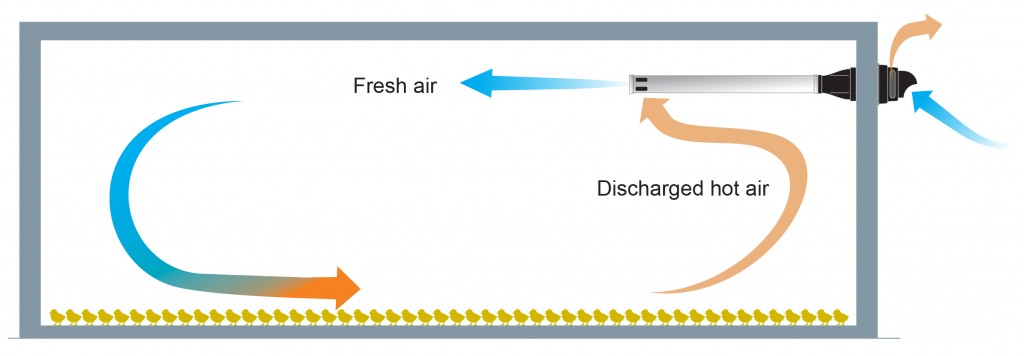
Under the Innovations program, the tests began in winter 2015 at a poultry farming partner, Shur-Gain. During these tests, the following advantages were observed:
- significant decrease in natural gas consumption;
- recovery of a portion of the latent heat released by the animals;
- significant increase in air change rate per hour;
- Improvement in rearing conditions;
- Reduction in ambient relative humidity, while improving the occupants’ comfort;
- Reduction in ammonia rates;
- Reduction in quantity of suspended particulate matter;
- increase in rearing performance;
- improvement in air circulation;
- reduction in heat stress for the animals.
Performance improved by latent exchange
By operating in a humid environment, the average convection exchange coefficient is greatly improved at the exchange wall, due the contribution of the latent exchange. The exchanger’s overall efficiency is thus increased and the temperature gain is greater in the preheated cold air flow. This additional gain is attractive in energy terms, but is also especially crucial in the case of rearing facilities, because the heat stress related to the intake of fresh air can be significantly limited for the animals.
The exchanger’s efficiency is assessed by measuring its operating temperatures. An estimate1 of the exchanger’s efficiency can be obtained using Equation 1 based on the typical operating data presented in Figure 3.
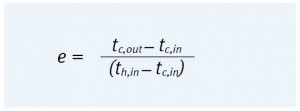
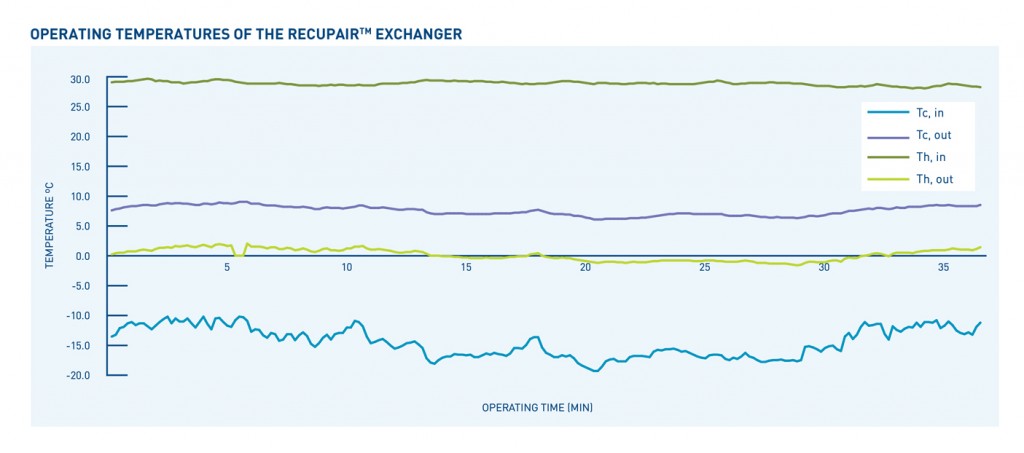
In addition to reducing energy consumption, heat exchangers also improve the production conditions, which can generate significant productivity gains. Without being limited exclusively to the poultry industry, the technology developed is modular and can be installed independent of any existing, future or custom module, depending on the consumer’s natural gas needs. Incidentally, these modules are presented in Figure 4 and Figure 5. The introduction of independent modules based on the exchanger design allows modifying the ventilation components or the exchange box for other applications. The ventilation module includes a unique concentric double-flow ventilation method that maximizes the equipment’s compactness and thermal performance throughout the exchanger. This ventilation module also intrinsically develops similar inflows and outflows, limiting losses by infiltration in the rearing building. The transition module allows the configurations to be varied according to the needs of the production environment. Finally, the exchanger module allows localized maintenance and offers different performance/compactness ratios depending on the applications.


The implementation of economic technologies developed in partnership with Gaz Métro’s Innovations program not only means an improvement in the users’ energy consumption, it also means a smaller ecological footprint in the critical context of reducing greenhouse gases. The versatility of the modular exchanger developed gives reason to expect its implementation in greenhouse heat exchangers in the near future, as well as in several agri-food industries that also have hostile operating conditions.
It should be noted that heat recovery measures are eligible for Gaz Métro’s Implementation Assistance program. The savings, calculated in advance by an engineer, are subsidized at $0.25/m3 saved. Visit gazmetro.com for more information on the Gaz Métro’s Implementation Assistance program.
Grant to encourage energy innovation
Gaz Métro offers a grant to encourage the development of new technologies or the innovative use of existing technologies that seem to have very promising energy efficiency potential. By registering in the Innovations program, participants obtain a grant to reduce the development costs of their experimental or demonstration projects. The grant can cover up to 75% of the development costs of projects involving innovative technologies or approaches, up to a limit of $25,000 for an experimental project and $100,000 for a demonstration project.
1 The efficiency is estimated because the humidity (very low %) in the fresh air flow is negligible
2 The inflows and outflows are equal. Crmin≈Crmax≈1
Sami Maksoud Eng, M.Eng., CMVP®
Advisor DATECH Group, Gaz Métro
Gabriel Gagné-Marcotte, B.Eng.
Product Development Director
ESAIR
![]()
Continue reading



